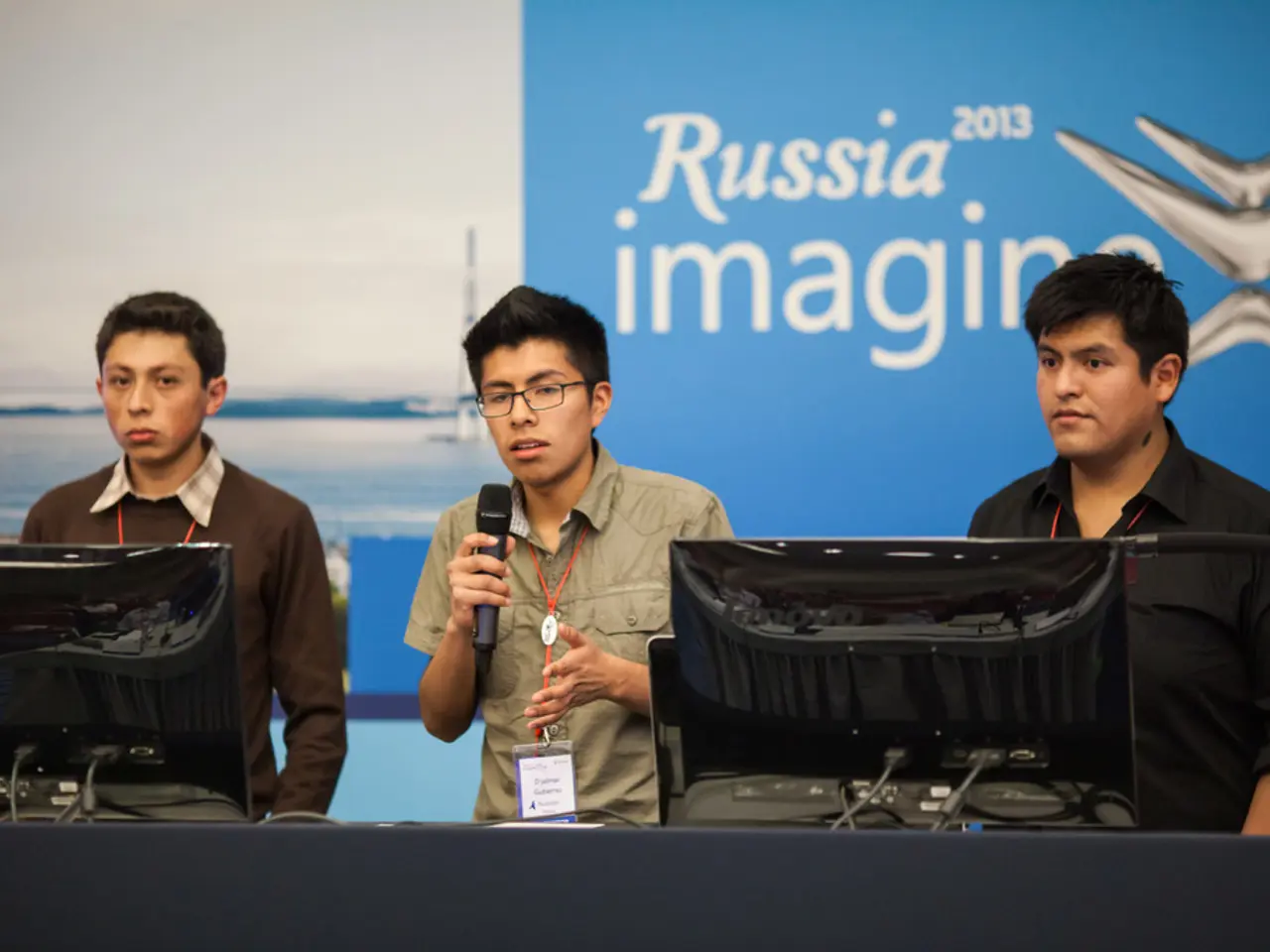Artificial intelligence given access to 53 million nuclear documents for expediting power plant endorsements through the use of a powerful American supercomputer.
## AI Transforms Nuclear Licensing: Streamlining and Safety Assurance
Artificial Intelligence (AI) is revolutionizing the nuclear licensing process, making it faster, less costly, and more efficient while maintaining strict safety standards. The Oak Ridge National Laboratory (ORNL) and AI company Atomic Canyon have recently signed a Memorandum of Understanding to collaborate on this transformation [1][2].
### Automating Documentation
The core application of AI in this collaboration is the automation of engineering and safety analysis reports, essential for construction permits and operating licenses. AI tools analyze a vast array of nuclear engineering and safety documents, then autonomously generate the structured documentation required by the U.S. Nuclear Regulatory Commission (NRC) and Department of Energy (DOE) [1][2]. This automation significantly reduces the time and resources needed for license applications, traditionally a labor-intensive, expensive process [1][2].
Despite the automation, human oversight remains crucial. Experts verify the AI-generated content to ensure its accuracy and adherence to regulatory standards [1][2].
### Supporting Advanced Reactor Designs
The AI-powered system is particularly valuable for advanced reactors, which may use different designs, fuels, coolants, and materials than conventional reactors. AI can efficiently generate tailored documentation for each design, supporting faster regulatory review and deployment [1][2]. The technology is broadly applicable, covering not only new reactors but also upgrades to existing facilities and nuclear energy test sites [3].
### Ensuring Safety Through Innovation
By automating routine documentation, AI reduces the risk of human error and ensures that reports meet regulatory standards consistently. However, safety-critical analyses—such as engineering judgments, risk assessments, and technical evaluations—remain the purview of human experts, who review and validate AI-generated content [1][2].
The process is designed with regulatory compliance at its core, ensuring that all documentation meets the stringent requirements of the NRC and DOE, thereby upholding national safety standards during the transition to advanced nuclear power [1][2][3].
## Summary Table: AI’s Role in Nuclear Licensing
| **Area** | **AI Contribution** | **Safety Assurance** | |-----------------------------|----------------------------------------------------------|-----------------------------------------------| | Documentation Generation | Automates report assembly, reduces time/cost | Human experts verify content | | Advanced Reactor Support | Generates tailored documents for novel designs | Enables thorough, design-specific safety cases| | Process Efficiency | Frees experts for complex analysis | Focuses human effort on critical safety tasks | | Regulatory Compliance | Ensures reports meet NRC/DOE standards | Maintains strict adherence to safety norms |
## Conclusion
The collaboration between ORNL and Atomic Canyon aims to leverage AI to automate and accelerate the nuclear licensing process, especially for advanced reactors, by efficiently generating required documentation and freeing experts to focus on safety-critical tasks. While AI handles the routine, humans remain central to validating safety and technical integrity, ensuring that the rapid deployment of new nuclear technologies does not compromise rigorous safety standards [1][2][3].
ORNL, home to the Oak Ridge Leadership Computing Facility, which houses the world's fastest supercomputer, Frontier, and other world-leading facilities for applied energy sciences, will play a pivotal role in this collaboration. The introduction of this technology will help achieve the ambitious new deadlines the U.S. government has set for licensing designs and commissioning new nuclear power plants.
- The AI-powered system in the collaboration between ORNL and Atomic Canyon is particularly valuable for advanced reactors, as it can efficiently generate tailored documentation for each unique design, enabling faster regulatory review and deployment.
- Artificial Intelligence tools, while automating engineering and safety analysis reports, are subject to human oversight to ensure the accuracy and adherence of the generated content to regulatory standards.
- The use of AI in the nuclear licensing process can reduce the risk of human error and ensure that reports meet regulatory standards consistently, while human experts remain central to validating safety and technical integrity, ensuring that the rapid deployment of new nuclear technologies does not compromise stringent safety standards.




